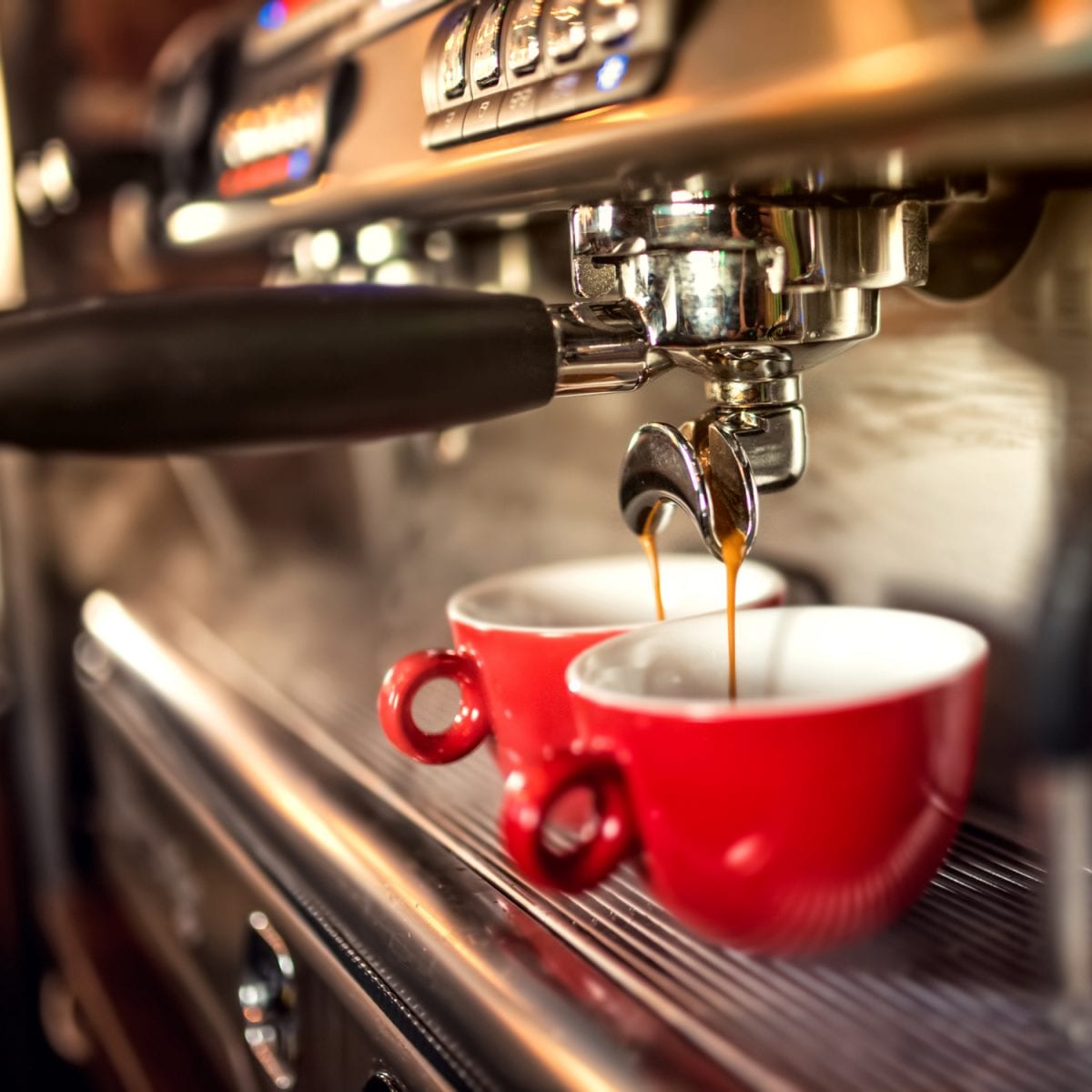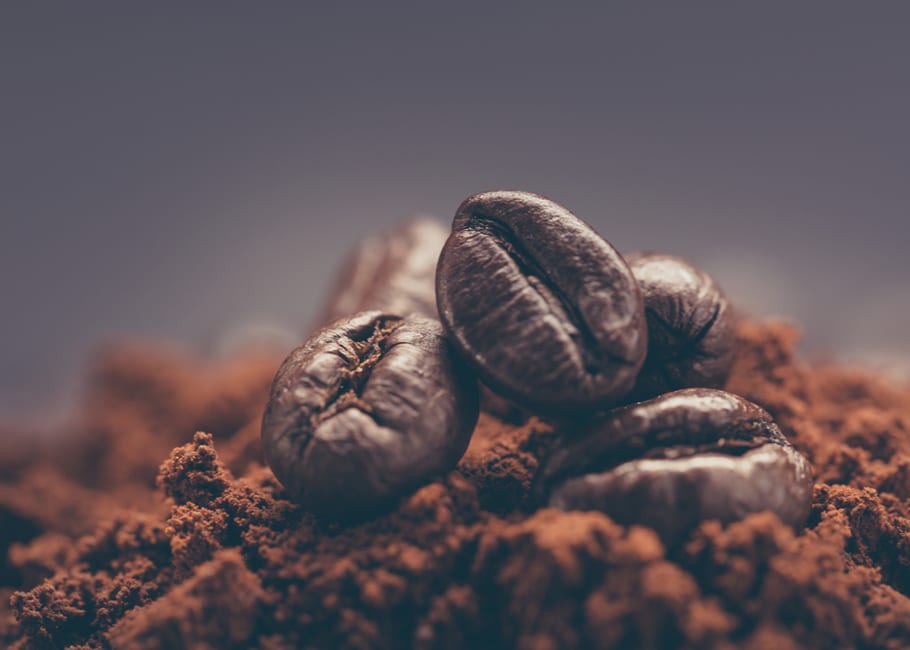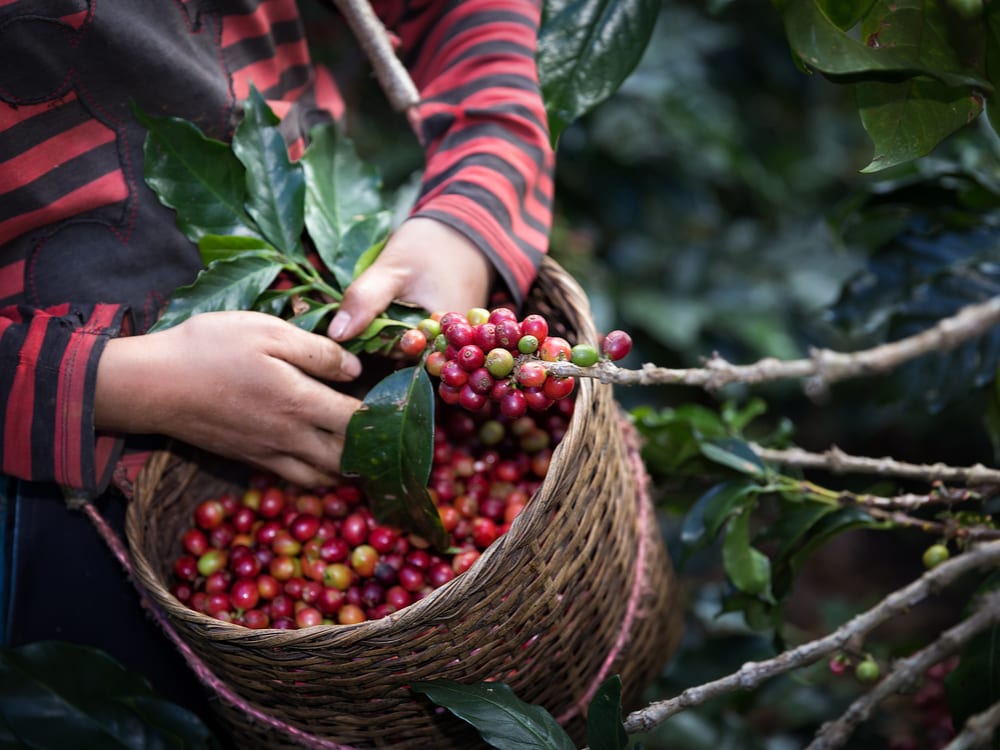For coffee lovers, the strong aroma of the hot drink is the ultimate wake-up call. Nothing beats a day that’s greeted by a cup of coffee as you inhale fresh morning air. Be it in the house or wherever you go, you just need to get a boost of energy with caffeine to hit the ground running.
Coffee has been more than just for perking up one’s day: for some, they cannot function without a shot of the booster, while others simply enjoy taking in a hot cup for relaxation. The bottom line is, it has become part of almost everyone’s daily lives, sans the tea lovers.
With that said, most of us have already mastered our own beverage, from the desired strength to the mug we always use, to the exact amount of water to pour, we all know the drill when it comes to our cup of coffee. However, it is best to ask ourselves about the things we don’t know about the wonder drink. Perhaps it’s best to ponder on these facts while sipping on a hot cup of Joe.
Health Benefits
Coffee addicts would know these by heart but naysayers will obviously say that the disadvantages outweigh the benefits the wonder drink brings. However, coffee isn’t just to keep us awake or to make us feel relaxed as it is also good for health.

It has antioxidants, which the body uses as a protective shield against cancer and heart disease, and fights off aging, too. According to studies, coffee lovers have an 11 percent lower incidence of heart failure and a 40 percent lower risk of getting liver cancer.
Used for Other Purposes
Coffee had been around for a long time but did you know that people used it for a different purpose back in the day? For instance, the Ethiopian tribe of Oromo didn’t use water with the beans – instead, they ground them and mix them with fat to make a chewable candy which could be eaten like a granola bar.
Arabica over Robusta
There are so many types of coffees in the market that you shopping for the perfect blend can become a difficult task. But studies show that 70 percent of the coffee-drinkers consume Arabica coffee, a mild yet aromatic type, that’s been favored by most Americans, while 30 percent drink Robusta, a more bitter one as compared to Arabica, albeit stronger.

Although each of the two has different qualities, Robusta is harder to find in cafes than the Arabica. The former is cheaper, too, especially during World War II when the production increased, so stocks were more than enough. However, people still opted for Arabica even though it is slightly more expensive.
Biggest Coffee-Producing Nation
The biggest coffee producer in the world is none other than Brazil, which has been on top of the game for over 150 years. Trailing close behind are Vietnam and Columbia, respectively.
In 2011, Brazil’s coffee production reached almost twice as much as Vietnam and Columbia, combined. It is no wonder that the economy of the largest country in South America is partly leaning on its coffee supply.
From Berries to Beans
Unbeknownst to many coffee drinkers is where exactly the beans come from — a lot of people don’t know that these actually grow in trees that can grow up to 30 feet tall and come in the form of bright red berries, which look like cherries from afar, hence its moniker “coffee cherries.”

Most people may argue they only see small plants that grow the cherries, which is partly true. But this is only because producers cultivate these so trees can only grow to 3 feet for easy harvesting.
Relieving Stress
Coffee is a known stress-reliever but can also act as an energy booster. As drinking a cup can increase heart rate, it can also up your pain tolerance for a short period of time, which means you’ll feel minimal pain when exerting effort, quite handy in sports.
Since coffee is absorbed by the body quickly, blood levels peak 45 minutes after drinking. However, the effects of coffee can last for more than 10 hours, so drink at your own risk.
